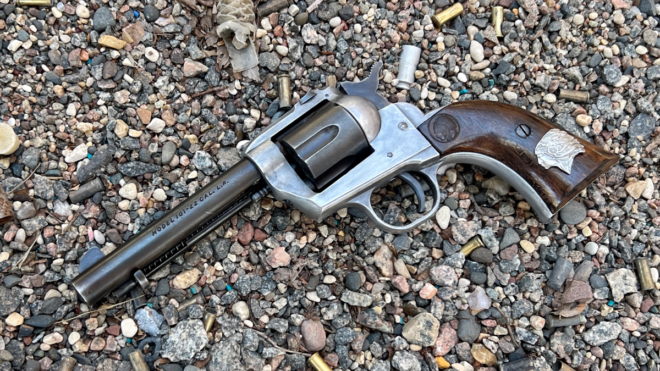
Welcome, if you are a newcomer to this fun bi-weekly segment of AllOutdoor.com! The last time around I covered the history and variations of the Savage Model 101, a pistol that was marketed towards outdoorsmen and their youngsters. In this article, we are sleuthing out the Savage 101 and all of its catfishing single-shot trickery. Giving it a righteous dissection with dating. I went a bit nuts on this one but it was one of those things where there were breadcrumbs too good to pass up. Let’s dive right into the rabbit hole!
Recent Content in Curious Relics:
Welcome to our recurring series of “Curious Relics.” Here, we want to share all of our experiences, knowledge, misadventures, and passion for older firearms that one might categorize as a Curio & Relic – any firearm that is at least 50 years old according to the ATF. Hopefully along the way you can garner a greater appreciation for older firearms like we do, and simultaneously you can teach us things as well through sharing your own expertise and thoughts in the Comments. Understanding the firearms of old, their importance, and their development which lead to many of the arms we now cherish today is incredibly fascinating and we hope you enjoy what we have to share, too!
Dating: Savage Model 101
Alas, dating individual Savage Model 101 revolvers remains an exercise in deductive reasoning and educated guesses due to the manufacturer’s lack of comprehensive records. As we’ve discussed, there are no definitive serial number ranges or date codes to rely on (ones that make any sense anyway), leaving us to scour advertisements, catalog listings, and subtle markings for clues.
While not etched in stone, the evidence suggests the Savage Model 101 rolled off the lines sometime in late 1959 or early 1960, based on an advertisement mentioning visiting Savage’s booth at the NSGA show which took place in the summer of 1960. The earliest month-dated ad that I could find appeared in July 1960. On the other end, its inclusion in the January 1968 Savage Arms catalog indicates production likely continued throughout 1968 before being discontinued. It could be argued that it was manufactured throughout 1967 and old stock was attempted to be sold off in 1968.
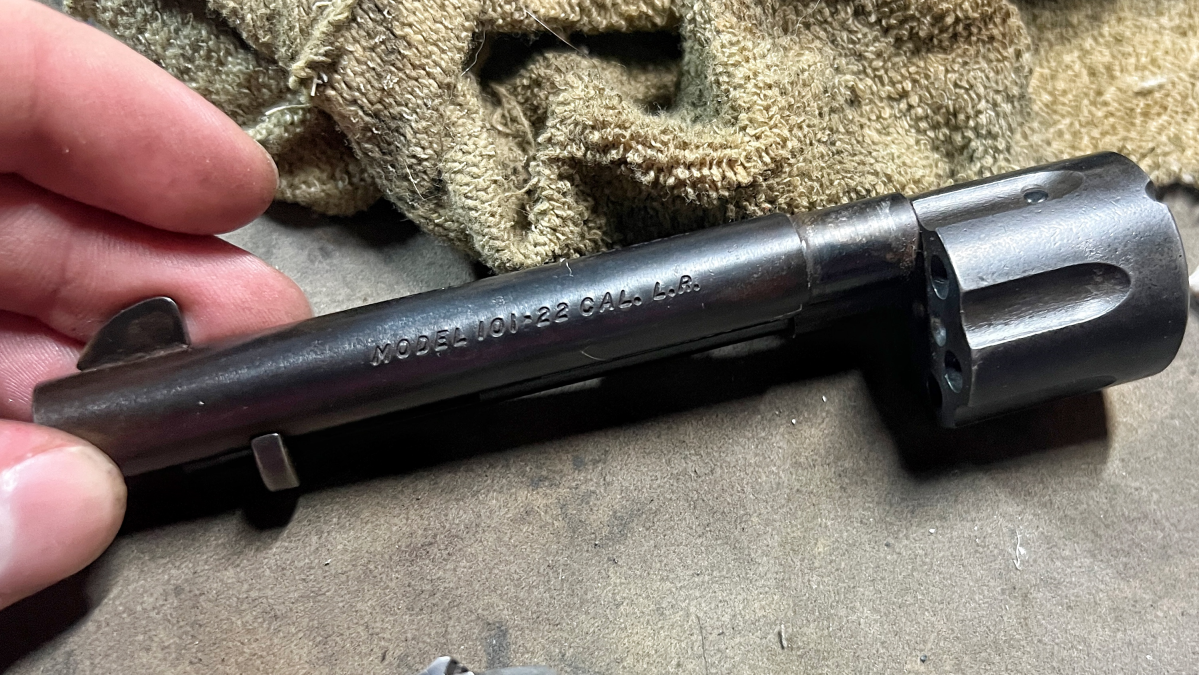

Numbers Game
The highest recorded serial sits at 54,816 according to Brower’s book which I mentioned in my last article, and all signs point to the numbers starting at 1 and increasing sequentially. Spread across the approximate 8-year production window from 1960 through 1968, a yearly average of around 6,000 units can be calculated based on the total production number (allegedly around 54,000). However, it is likely that the actual output ebbed and flowed rather than remaining at a consistent average each year.
Just purely going off of the numbers and assuming production started in 1960 and ended at the end of 1968 we can average things out. That average comes to around 6000 made per year. That being said if you were wondering the date of your gun you could try to go off of that number. 6000 potentially made in 1960, another 6000 made in 1961 (serial now potentially up to 12000), etc.
- My personal 101 has an 8### serial number If we use the average math we can probably guess my gun was made in 1961 from the serial number alone.
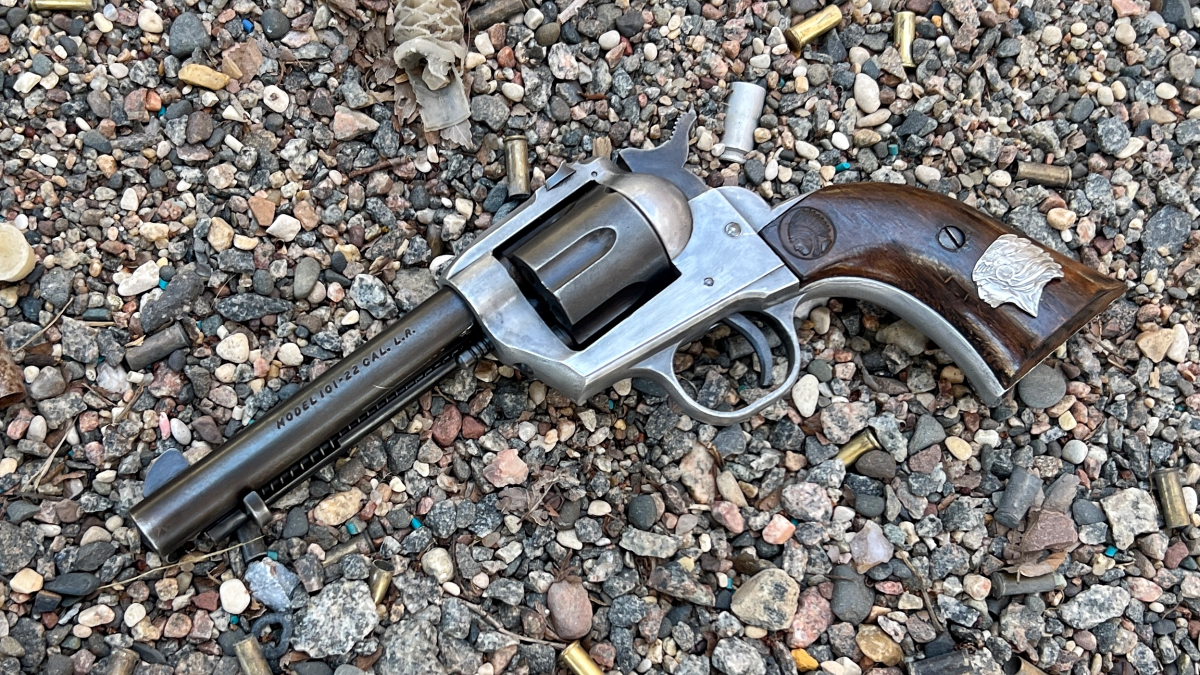

Cylinder Notch Switcheroo
One of the few confirmed engineering tweaks is the cylinder notching implemented after serial 30,999, likely hitting around 1964, 1965, or 1966 – the midpoint of the run. Anything below 32,000 generally lacks the notch, while higher serials got the modification. This all was touched on in the variations from the last article. There is an alleged gap of serial numbers between 30999 and 32000 in order to denote the change. I have not found any evidence of a gun having a 31### serial number.
- I found a Savage 101 with its box marked “Feb 1962” and its cylinder was not notched. This means that the serial number had not yet reached 32000 by 1962 which adds up with our math.
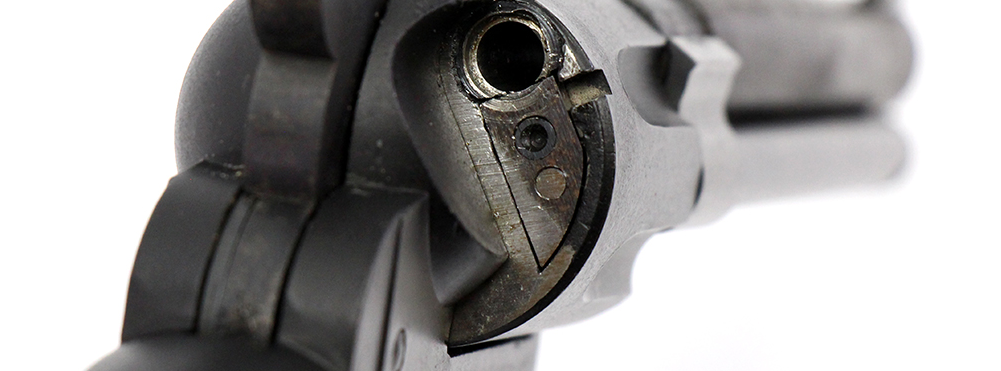

Code Crackers
Many Savage Model 101 firearms bear alpha-numeric codes stamped into the frame behind the trigger guard. While their exact meaning has been lost to time, these markings are believed to be related to dating and inspection based on other Savage firearms (like the Savage 99 rifle) where this is in fact the case. Same codes and all. The ubiquitous “22L” code is widely theorized to represent 1960, with “L” as the year code and “22” as the inspector’s number. I have found that the vast majority have this code. At the very least many before the cylinder notch change have it.
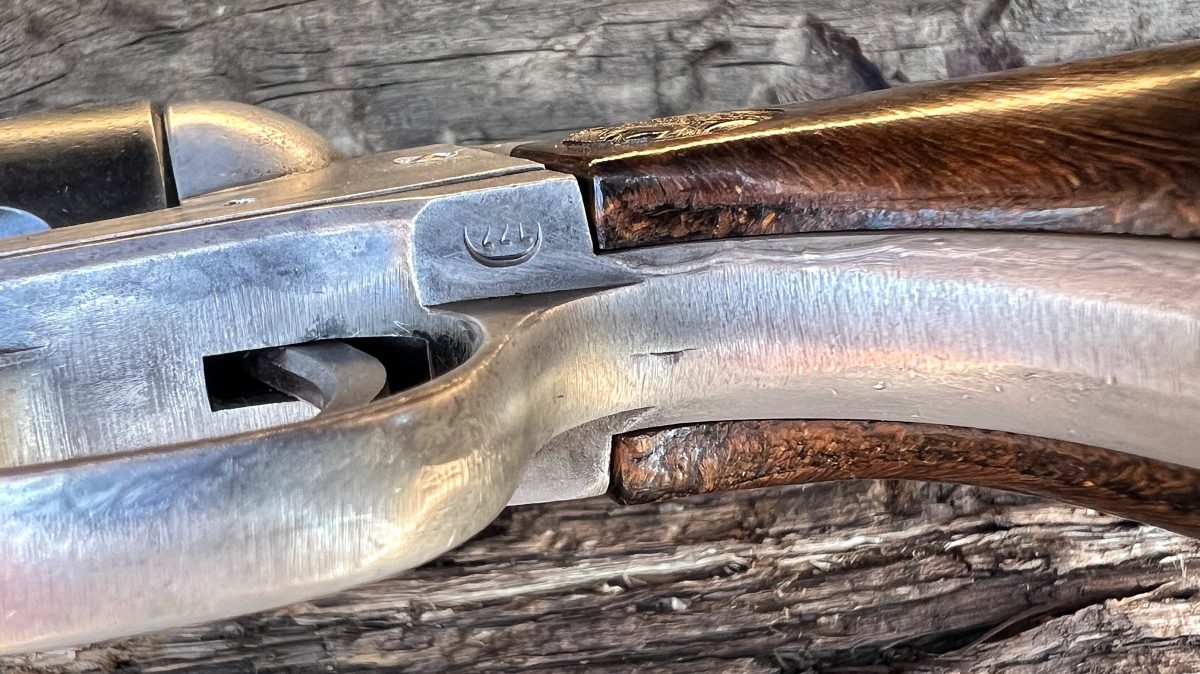

A different code, “27T”, has also been found stamped on some Savage Model 101 pistols. Drawing parallels to the “22L” theory, it has been posited that “27T” could potentially indicate the year 1966, with “T” representing the year and “27” being the inspector’s number. So why have I been unable to find others with other date codes? Did they make a big batch in 1960 and another in 1966? Heck no that would be crazy. I believe the 27T code could be the year they began notching the cylinders. It’s near the middle of the production run in both date and serial number math. Taking things one step further I found that the earliest advertisement with an increase in price ($19.50 to $21.50) was from 1966. Was this to compensate for the blip in manufacturing? Below is a table I whipped up based on other Savage date code sources.
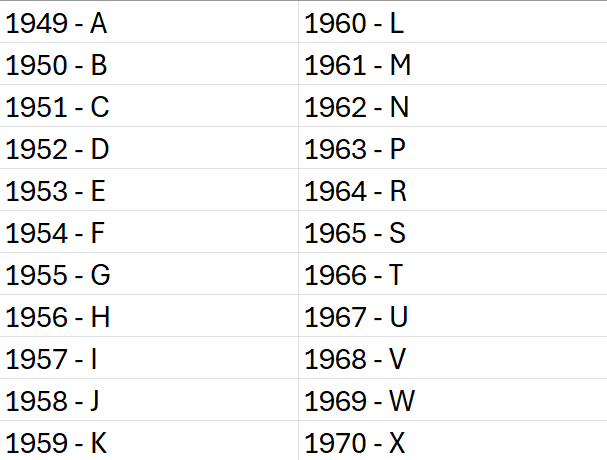

If we go off of my findings and assumptions we could so far say that if you have a serial number pre-32000 then it is pre-1966. This obviously is entirely conjecture and I recommend choosing for yourself until more information is available if ever.
So would the 22L marked ones purely be a first version then? Maybe. I lean toward probably. It is akin to S&W with their codes like a S&W Model 29 having 29-1,29-2, 29-3, and on and on for different small changes. Maybe there was another significant change to the 101 besides the cylinder notch.
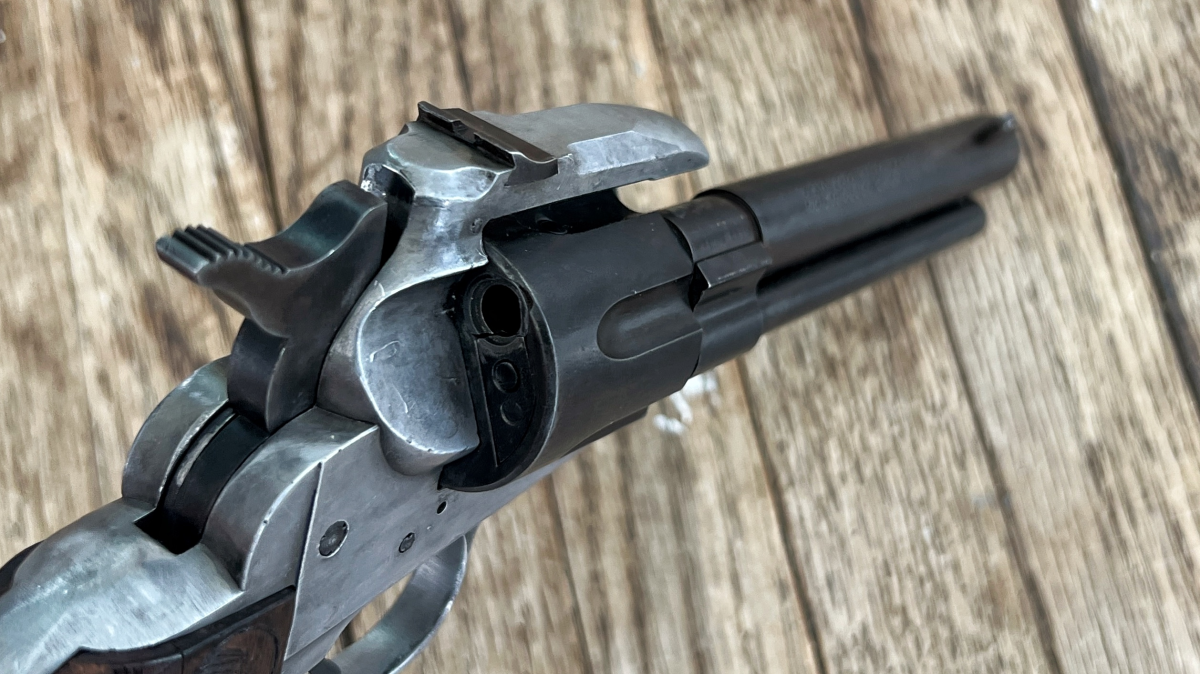

Lastly, some Model 101s bear a “spade” symbol marking in the same spot where the date codes would be. While the true significance is still unknown, my personal theory would suggest these spade markings could denote the first production year, as I have been unable to find any with serials over 2,000. I apologize I do not have a picture of this mark. Stancil does in his book. It is simply a hollow spade shape in place of the normal oval and date code.
- This means if only roughly 2000 were made the first year the adjusted yearly average after the fact would be closer to 5700. It is likely it ebbed and flowed bigger or smaller depending on the year, probably even getting less and less as interest waned and overstock gained.
Location, Location, Location
Finally, we have the location stamps on the barrels – either “Chicopee Falls, Massachusetts” or “Westfield, Massachusetts.” Chicopee Falls was the earliest location until Savage consolidated everything under one roof in Westfield in 1960-61, making that “Westfield, Massachusetts” marking a sign of later production. I should mention that I have found guns with the “Chicopee Falls, Massachusetts” address in the higher serials. I do not think that the address should be used for dating because of this. This is likely due to barrel replacements or overstock after the move. It would make sense that they would churn out a bunch of barrels in Chicopee Falls in order to compensate for the lag in production after the tooling was moved to Westfield.
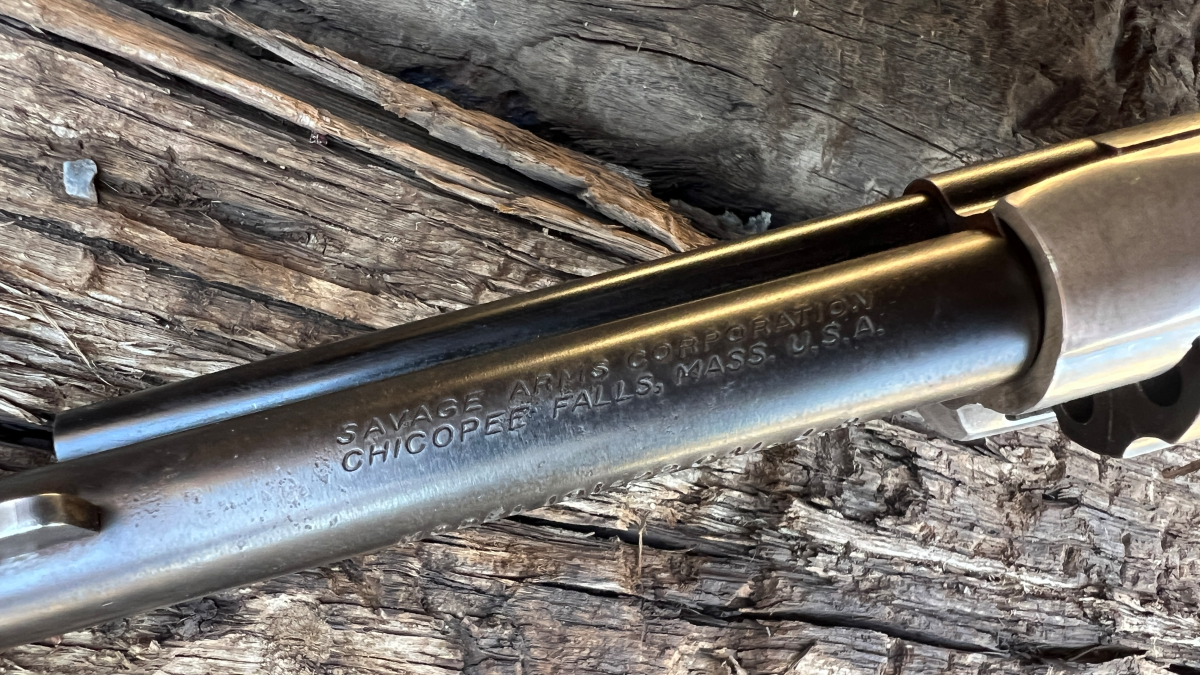

End of Part III: Savage Model 101
So while the hard facts remain elusive, all these crumbs Savage left behind at least allow us to narrow the window and make educated guesses about certain Model 101s. But nailing down precise birth years? That riddle may never be definitively solved without those coveted records or without a large crowdsourcing event which not everyone is into simply because serial numbers are involved. Hopefully, this deep dive was not too confusing. I attempted to distill things down to an understandable level and keep the paranoid up late detective yarn-spun spiderweb to myself. See you all in the next one!
- Bailey Brower, Jr’s Book: Savage Pistols
- Garnett Weldon Stancil, Jr’s Book: Savage Model 101 Single Shot Pistol. Here and here.
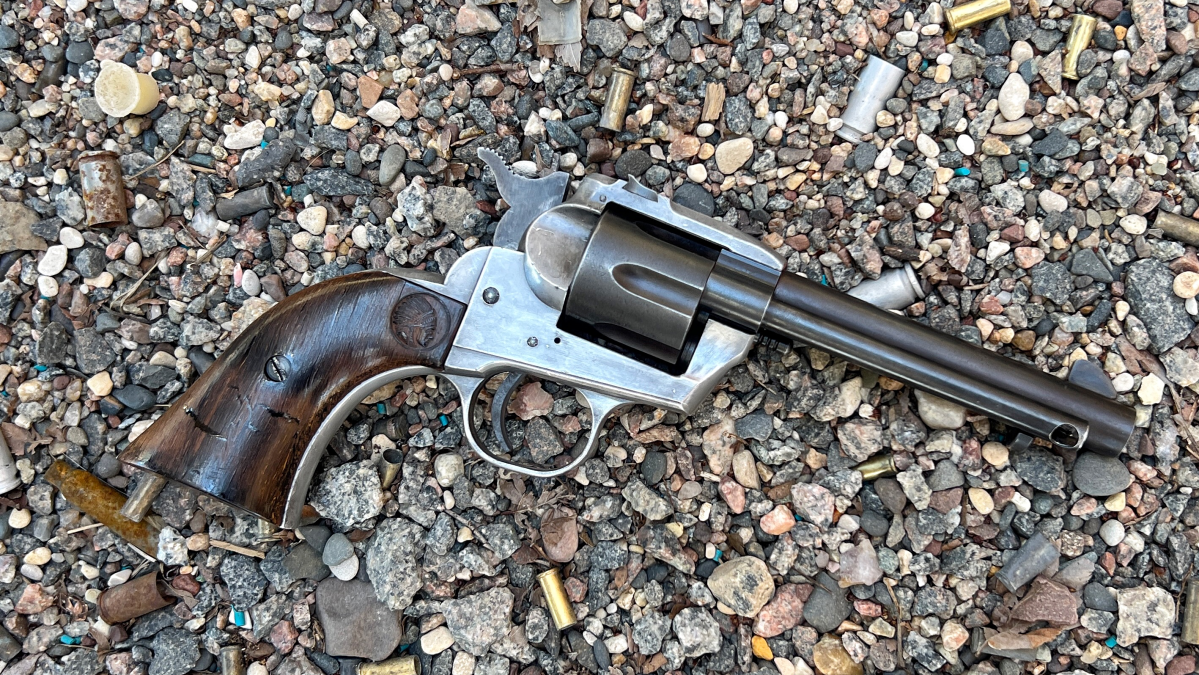

In closing, I hope our Curious Relics segment informed as well as entertained. This all was written in hopes of continued firearm appreciation and preservation. We did not just realize how guns were supposed to look and function. It was a long and tedious process that has shaped the world we live in. So, I put it to you! Is there a firearm out there that you feel does not get much notoriety? What should our next Curious Relics topic cover? As always, let us know all of your thoughts in the Comments below! We always appreciate your feedback.
